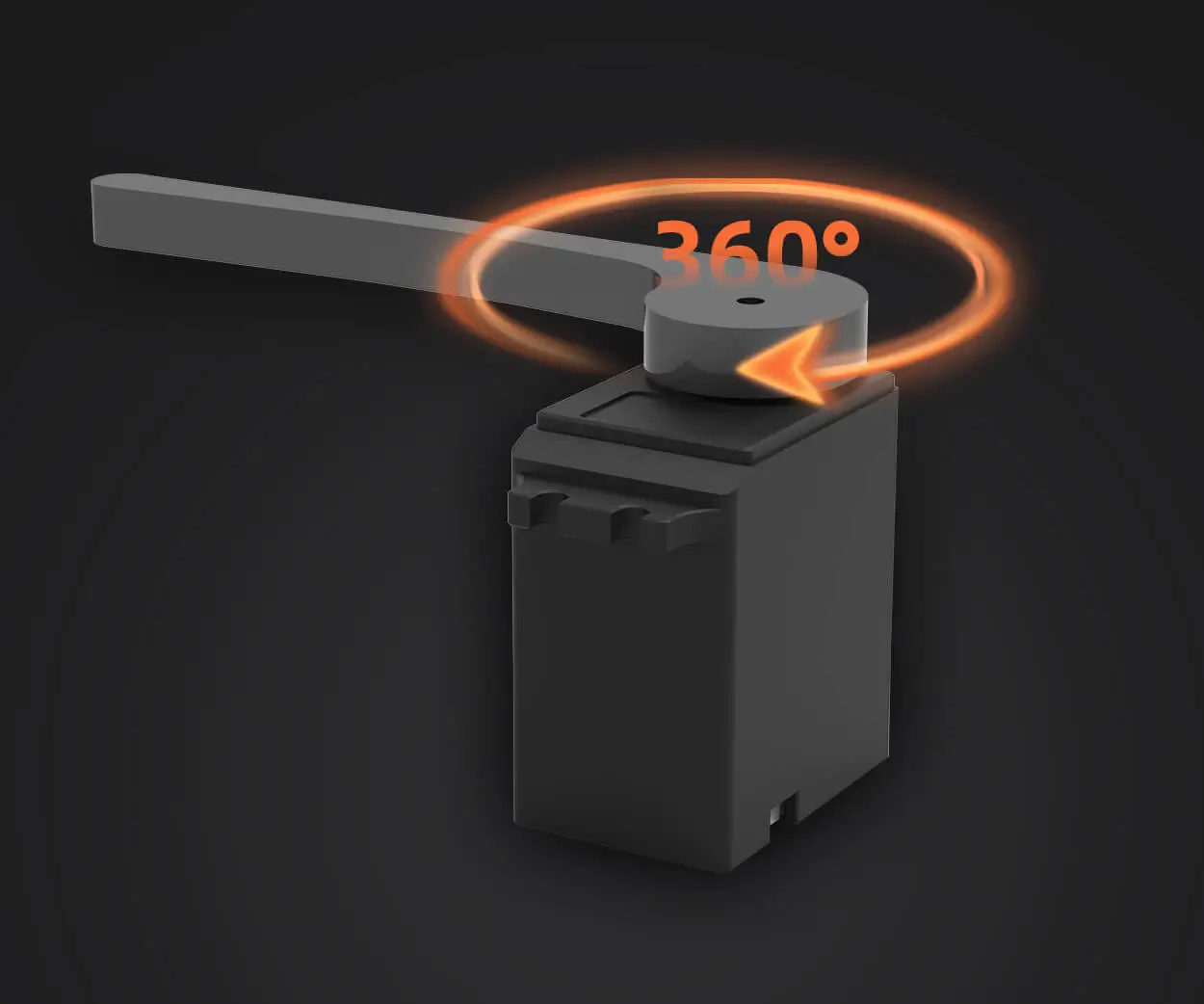Looking to unlock precision control and maximum efficiency in your projects? The servo motor PWM is your secret weapon. Think of it as the heartbeat of your automation setup — quiet but powerful, responsive and adaptable. It's what makes robots dance, drones fly smoothly, and CNC machines carve with finesse. But what’s the real magic behind it? That’s what we’re here to explore.

Imagine turning a dial, and instantly watching a machine respond with just the right amount of movement. That’s the beauty of Pulse Width Modulation — you send it a variety of signals, and the servo motor translates those into precise positions, speeds, or torque. When you want to speed up a conveyor belt or position a robotic arm exactly where it needs to be, PWM gives you that level of finesse. No guesswork, no jerks, just smooth transitions.
Dive a little deeper, and you'll notice: the strength of PWM lies in its simplicity. Instead of complex, bulky wiring or constant power adjustments, it’s all about the duty cycle — the proportion of time that signal stays high versus low. Increasing the duty cycle means more power delivered, which generally results in faster movement or greater force. On the flip side, reducing it lets the motor slow down or hold position. It’s like a dimmer switch for motors, allowing fine-tuning on the fly.
Why does it matter for your projects? Well, efficiency. In the realm of automation, saving energy isn’t just a buzzword. When you control the PWM frequency and duty cycle correctly, motors run smoothly. They don’t overheat, they last longer, and you get more precise control over operations. Plus, it’s a cost-effective way to boost performance without upgrading big hardware.
Still wondering? Sometimes, the visual can say more than words. Picture this: a robotic arm assembling tiny electronic components. The servo motor, guided by PWM signals, moves each part with micro-precision, ensuring accuracy while preventing damage. Or think about a drone adjusting its pitch and yaw mid-air—PWM signals quickly modify motor speeds, stabilizing flight in real time.
For those working on custom designs, understanding the nuances of PWM control opens endless possibilities. You can tweak frequency to minimize noise, optimize power consumption, or match the motor’s specific needs. The flexibility means your setup can adapt as your project evolves—no need for costly overhauls.
At the end of the day, this isn’t just about components; it’s about empowering your ideas. It’s about turning a vague concept into a tangible, functioning marvel. And that’s precisely what makes PWM-driven servo motors a game-changer. When you get the hang of the pulse, the possibilities become limitless.
Established in 2005, Kpower has been dedicated to a professional compact motion unit manufacturer, headquartered in Dongguan, Guangdong Province, China. Leveraging innovations in modular drive technology, Kpower integrates high-performance motors, precision reducers, and multi-protocol control systems to provide efficient and customized smart drive system solutions. Kpower has delivered professional drive system solutions to over 500 enterprise clients globally with products covering various fields such as Smart Home Systems, Automatic Electronics, Robotics, Precision Agriculture, Drones, and Industrial Automation.




































